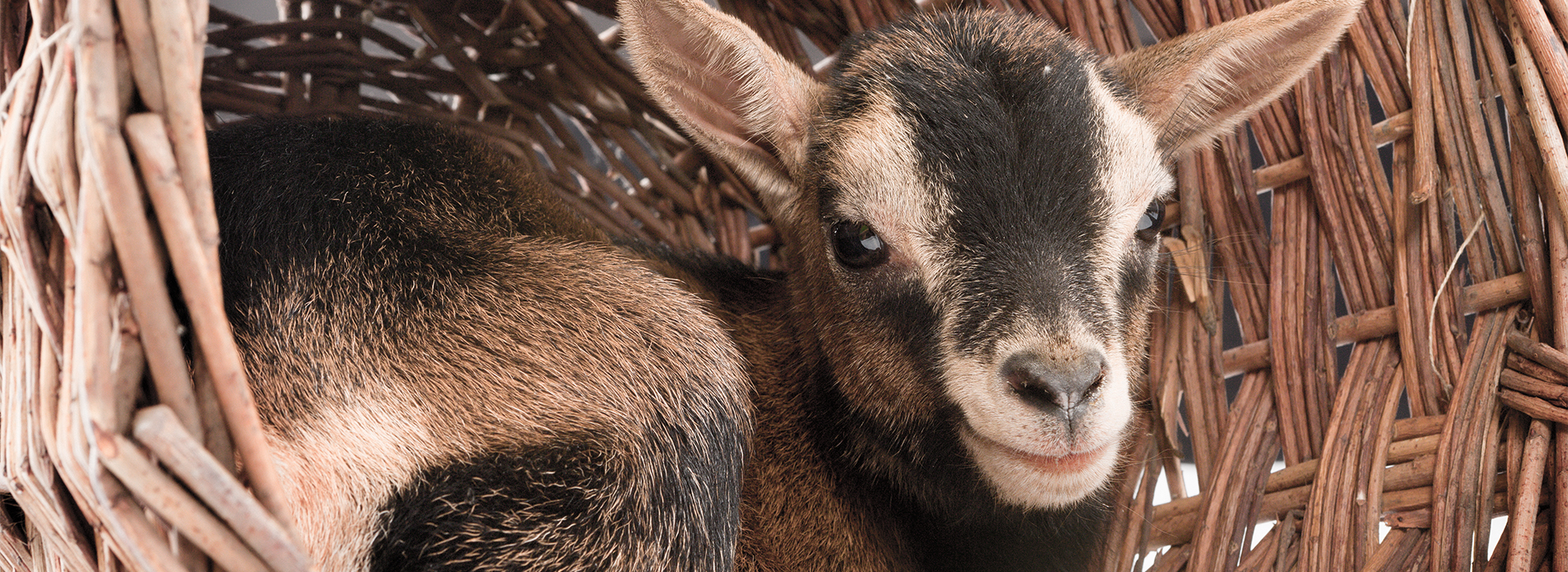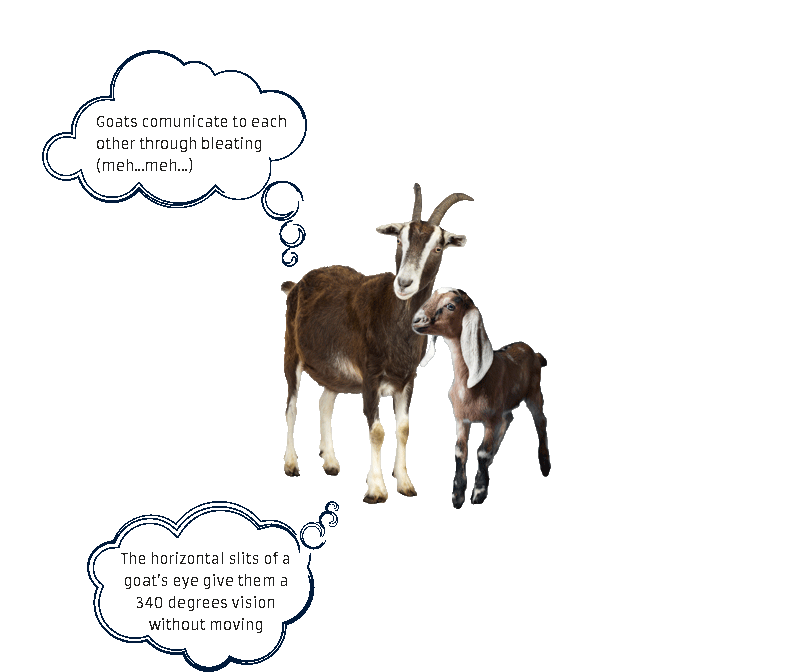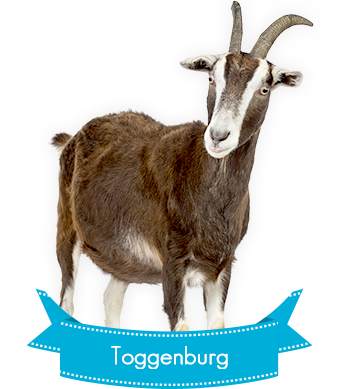
Facts About Goats

Goats belong to a family of animals called Caprines. They are called ruminants because they have a four-part stomach and chew their cud, like cows or deer. Goats are different in appearance from sheep because they have shorter tails, beards and hollow horns that are generally directed upwards.
Goats are lively and curious creatures, and are kept as livestock, as well as, pets in certain parts of the world. Do you know there are about 440 million goats worldwide?
Goats are useful creatures as they are able to produce milk for consumption. Their milk can also be made into cheese, soap, beauty creams, lotions etc. Their hides can be made into cashmere shawls, angora coats, leather and rugs as well. Goats can produce food, clothing, toiletries and even containers for their keepers. Goats have also been trained as beasts of burden to pull carts and carry goods.
Today, goats are also kept as domestic pets in some parts of the world. Said to be the first animals to be domesticated after dogs, goats were often kept on ships by early explorers to provide milk and meat. Goats were and are still used for sacrifices, and in certain ceremonies, they are set free into the desert, carrying the sins of mankind on its back. This was how the word ‘scapegoat’ came about.
Being active, sociable and very sure-footed animals, their hooves are built like a little suction cups. This enable them to climb steep mountain sides, farm roofs or high walls with little ledges. They enjoy jumping and climbing games with their herd mates (that’s why our goats have high fences!). In the wild, they are nomadic and have a strong herd instinct. They are called browsers because they pick their food off trees, shrubs and plants. They will pick only the best pieces, and will not eat food that has fallen onto the ground or is dirty.
The goats at Hay Dairies belong to the family of goats known as Dairy Goats, which are domesticated and kept for milk production. They are generally not sold for consumption. Some of the common dairy goat breeds that can be found in the world are Alpine, Nubian, Saanen and Toggenburg. The goats at Hay Dairies are not pure breeds because they have been cross bred over the years.
Goats in Hay Dairies are kept off the ground to prevent them from catching diseases or being infested with parasites. The goats in Hay Dairies are fed with Alfalfa Hay from United States which is high in protein, minerals and is free from Genetically Modified Organism (GMO). Water is dispensed through the nipple-system so that it will be clean and not soiled by the animal feed. Salt licks are installed in the pens for mineral supplements. Their hooves are trimmed regularly. The farmers have to keep away snakes, rats, birds and other pests that may be dangerous to the animals. Goats cannot tolerate dampness and poor ventilation and will become sick in such conditions.
Goats here can breed when they reach eight months old. Each doe normally gives birth to two kids (1 male and 1 female) after a five-month pregnancy. At birth, the babies are removed, cleaned and dried and the umbilical cord disinfected. Colostrum – the enriched milk from the mother, is hand fed to the kids within the first two hours of birth. From then, they are hand and bottle-fed for up to three months. De-horning, a fast and almost painless process, takes place within 10 days of birth. The kids are tattooed on the ear with a number for identification purposes. They are then put into a nursery. At one month old, they are separated by gender into different pens.
Common Breeds of Dairy Goats




Alpines are of medium size and have erect ears. Alpine goats can range from white or grey to brown and black. Their faces are generally dished or straight. They are popular with dairies due to their good milking ability.
Saanens are medium to large in size and usually pure white or light cream in color. They usually have a large udder capacity and are popular with dairies due to the quantity of milk they produce and ease of management.
Nubians have very long, floppy ears and they can be any color. They have a convex nose and are one of the larger breeds of goats. Their milk tends to be higher in protein and butter fat than other breeds. They tend to be a little bit more stubborn than other dairy goats.
Toggenburgs possess a general Swiss Marked pattern with various dilutions. The color is solid varying from light fawn to dark chocolate, with no preference for any shade. Toggenburgs are generally a friendly, quiet and gentle breed.



